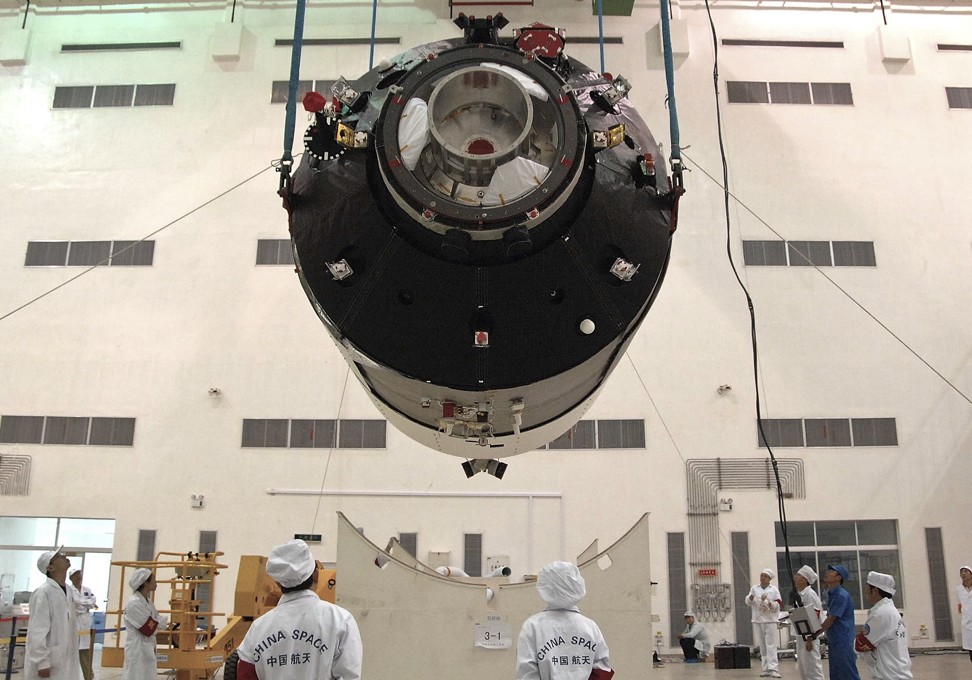China’s out of control space lab to enter Earth’s atmosphere on Easter Monday, Beijing says
Tiangong-1 continues to edge closer, but exact time of arrival still unknown

China’s Tiangong-1 space station is set to re-enter the Earth’s atmosphere on Monday, officials said on Sunday, as the expected time of arrival for the out of control craft continued to be fine-tuned.
But Beijing said there was no need for concern as it was unlikely to do any damage on the ground, in an apparent effort to ease fears after the US state of Michigan put emergency teams on standby in case it crash-landed there.
The lab was at an altitude of 167.6km at 8am on Sunday, the China Manned Space Agency said. At noon on Saturday it was reported to have been 179km outside the Earth’s atmosphere.
People should not panic about the spacecraft as it would mostly be burnt up in the atmosphere and was not likely to affect aviation activities or cause any damage when it comes down, state news agency Xinhua reported, citing the China Manned Space Engineering Office.
As it hurtles towards Earth, the main structure of the space lab will burn or explode from the increasing heat and friction. Falling spacecraft usually disintegrate at an altitude of about 80km and the fragments will continue burning, with most of them dissipating in the air, Xinhua said.
Even if there is any debris, it will reach the ground by “floating down at a very slow speed due to their small mass”, the report said.
The European Space Agency forecast the space lab’s re-entry for about 7.25am on Monday, Hong Kong time. It said the density of the upper atmosphere, through which Tiangong-1 was moving, had not increased as predicted, which would have dragged the spacecraft down sooner.
California-based non-profit organisation Aerospace Corporation meanwhile estimated it would land at about 12.15am on Monday, with a variation of nine hours either way.
While most of the 8.5 tonne structure is likely to burn up as it re-enters the atmosphere, Michigan Governor Rick Snyder said on Friday that “there is concern that debris could make landfall”.
Based on its current trajectory, scientists have said the space station could land anywhere from Australia to the United States, with the southern part of Michigan’s Lower Peninsula included in the strip of the US – from northern California to Pennsylvania – where it might crash down.
According to a statement by the state government, the debris could contain hydrazine, which is a highly toxic and corrosive substance. All matter thought to have come from the space station should therefore be considered hazardous, and anyone who suspects they have encountered some should call 911 and maintain a safe distance of at least 150 feet (46 metres).
Tiangong-1 was launched into orbit on September 29, 2011. In the years that followed it was used in docking and orbiting experiments as part of China’s ambitious space programme, which aims to put a permanent space station in orbit by the early 2020s.
The 10-metre-long craft, about the size of a school bus, has made “significant contributions to the development of China’s manned space mission”, space authorities said. On March 16, 2016, Tiangong-1 terminated its data service, officially ending its mission and starting its orbital decay.
